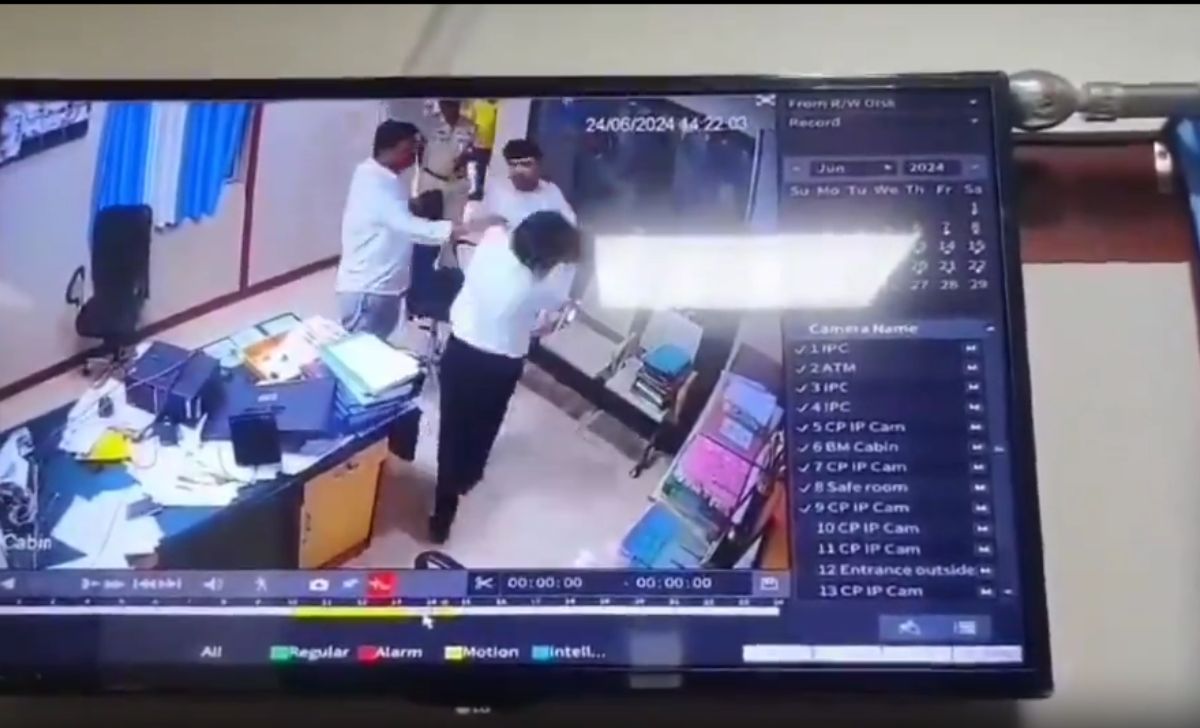SVB, a bank that heavily focuses on US technology startups, collapsed suddenly after customers withdrew deposits in a run on the bank. SVB invested heavily in US government bonds during the era of near-zero interest rates, but the Federal Reserve’s aggressive interest rate hikes eroded the value of its bond portfolio. This, coupled with the higher borrowing costs caused by the Fed’s hiking spree, led to tech startups having to channel more cash toward repaying debt. This forced them to draw down on deposits held by SVB to fund their operations and growth, ultimately leading to the bank’s collapse.
How SVB’s Lack of Asset Diversification Led to its Collapse
- SVB is a bank that focuses heavily on US technology startups.
- During the COVID-19 pandemic, the bank saw a surge in deposits as tech companies profited from providing entertainment and delivery services to people confined to their homes.
- SVB invested much of this cash in US government bonds, which are traditionally considered a safe investment.
- However, when the US Federal Reserve started raising interest rates in response to inflation, the value of these bonds fell, causing problems for SVB.
- As economic conditions for the tech sector became more difficult, many of SVB’s customers began to draw on their funds to stay afloat.
- Short on cash, SVB was forced to sell its bonds at big losses, leading to concerns about the bank’s financial health.
- Within 48 hours, depositors withdrew enough funds to cause the bank’s collapse. Experts suggest that SVB’s collapse was due to a lack of diversification in its assets and a risky interest-rate risk management strategy.
- They also highlight the importance for banks to have diversified loan books in order to weather economic downturns.

SVB’s Collapse and Its Impact on the Tech Startup Scene: A Look at the Numbers
- SVB was a mid-tier lender and the 16th largest bank in the US, with $209.0bn in assets and $175.4bn in total deposits as of December 2022.
- The bank had an outsized influence in the tech ecosystem and was well-connected among the Silicon Valley elite.
- SVB had a reputation for backing startups that larger institutions might consider too risky to lend to.
- SVB’s failure reportedly left some tech chief executives scrambling to change banks and exploring options for paying staff amid fears they would not be able to access their funds.
- Although SVB’s customers ultimately had their deposits guaranteed, the full effect of the lender’s implosion on the startup scene may not be apparent for some time.
- JPMorgan Chase, the biggest bank in the US, had assets worth $3.67 trillion in 2022.
- SVB’s collapse highlights the need for banks to diversify their assets, with experts emphasizing the importance of a diversified loan book.
- SVB’s collapse was caused by a “rookie mistake” in interest-rate-risk management, with the bank investing short-term deposits into long-term bonds that fell in value when interest rates rose.
- The collapse of the US Savings and Loan industry in the 1980s was attributed to a similar phenomenon.
- SVB’s troubles began when the US Federal Reserve started raising interest rates in response to soaring inflation.






